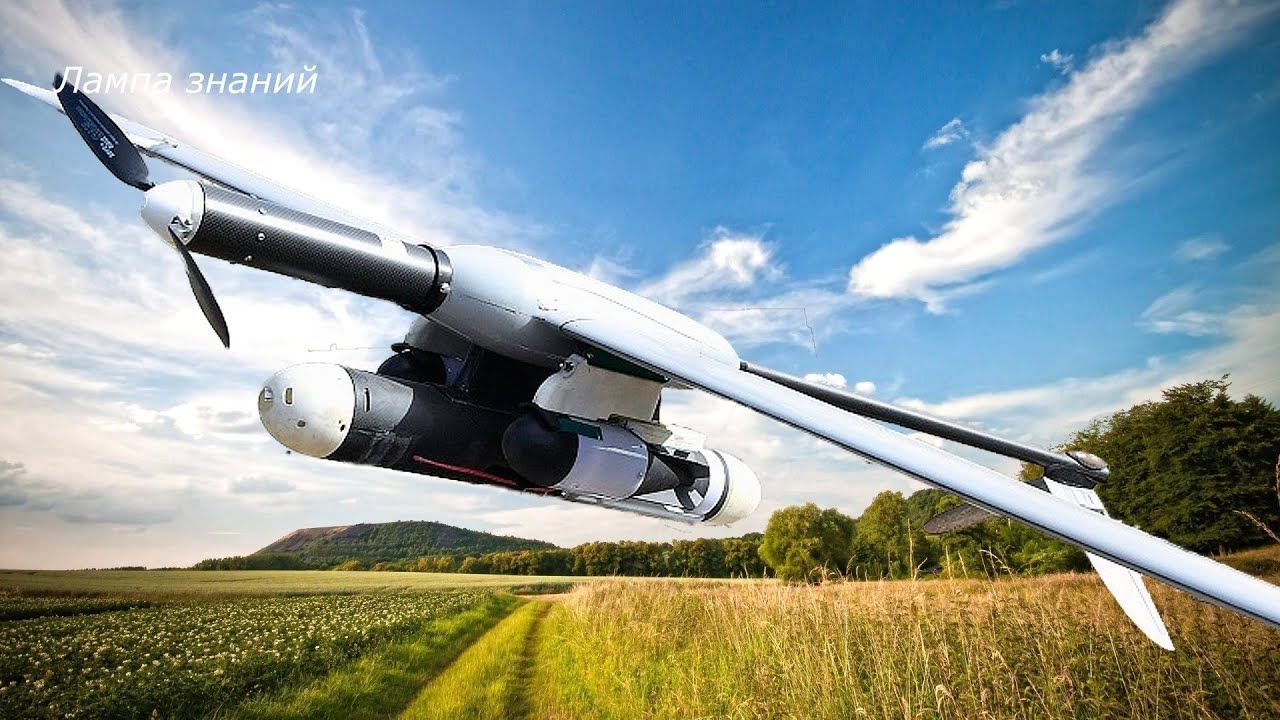Russia appears to be using its Lastochka-M attack drone to hunt the US-supplied HIMARS weapon system. The HIMARS MLRS has caused Russia a great deal of trouble by successfully destroying Moscow’s crucial military infrastructure and assisting Kyiv in achieving tactical advances.
Ukraine has meanwhile said that Russia has not been able to destroy even a single HIMARS system.
The MoD Tweeted: Since the beginning of the full-scale invasion, Ukraine has not lost a single HIMARS, but Russia has lost its humanity and dignity. Not to mention hundreds of thousands of tons of ammunition and thousands of soldiers whom they sent to certain death.
Since the beginning of the full-scale invasion, Ukraine has not lost a single HIMARS, but russia has lost its humanity and dignity. Not to mention hundreds of thousands of tons of ammunition and thousands of soldiers whom they sent to certain death. pic.twitter.com/VXNFxJQYJD
— Defense of Ukraine (@DefenceU) November 6, 2022
The “Lastochka-M” attack drone appears to be assisting Russia’s efforts to locate and destroy the HIMARS weapon system without much success. According to the Russian media, the drone is actively scouting for Ukrainian HIMARS MLRS on the battlefield.
Thanks to #HIMARS. The Armed Forces of Ukraine advancing in Kherson Oblast, threatening the Russians in Bakhmut, Donetsk Oblast, and Svatove, Luhansk Oblast. Putin sacrificing minorities from Chechnya, Crimea, Dagestan, Siberia to the meatgrinder in Ukraine #SlavaUkrainii #vatnik pic.twitter.com/eERaezsuy3
— Herry Napitupulu (@HerryNapit) November 7, 2022
The small unmanned aerial vehicle can conduct long-range reconnaissance and even attack armored vehicles with two bombs loaded in its kitty.
Russia’s Lastochka-M (“Swallow”) drone is claimed to be similar to Ukraine’s Punisher drone. This small aircraft resembles the Israeli Skylark and is equipped with two grenade-sized bombs.
The drone was previously observed striking targets at the Zapad exercise in 2021. However, the employment of the advanced drone in a Ukrainian special operation has not been officially confirmed yet.
However, a drone similar to it was captured by Ukrainian forces in mid-July. At the time, researchers disassembled it and discovered numerous foreign components within the UAV.
We also saw a Lastochka-M (Ласточка-М) UAV, which was also seen in late September 2021 during the Zapad exercises https://t.co/vVQyMyxXAB pic.twitter.com/7fnaMyqQ5m
— Damien Spleeters (@damspleet) July 19, 2022
The Lastochka-M effectively finds targets due to its prolonged loitering duration, estimated to be several hours, and its small warheads are powerful enough to take out HIMARS trucks.

The Luch design bureau (Rybinsk) developed the unmanned aerial vehicle. The first member of this family was a four-kilogram drone that could transport surveillance gear. The Lastochka-M is a small, light aircraft with a conventional aerodynamic configuration from a design standpoint.
However, the device also has several distinguishing characteristics that give it a recognized appearance. The fuselage of the “Lastochka-M” has a unique design. It has a thin tail boom, a bigger diameter middle compartment, and a tubular nose that houses a tractor propeller.
An extra tubular casing is suspended beneath the pylon’s thick chamber. It most likely has a variety of devices, including optical methods. There are two exterior suspension points on the sides of the case.
The UAV has a straight wing with a high aspect ratio. On the tail boom-pipe, an L-shaped plumage is fitted. The product’s aerodynamics are intended for a long flight at a low speed. An electric motor is most likely employed for flight.
Lastochka-M Drone
The Lastochka-M can monitor and hit the identified targets. There are two pylons for hanging weaponry underneath the base of the wing. The UAV is designed to carry a few types of bombs explicitly made for it.
These aerial bombs are differentiated by their lightweight and small size, which are set under the drone’s specifications. According to reports, Lastochka-M employs cumulative and fragmented ammo.
The UAV is said to have all the necessary components: a remote control system, an optical-electronic station, a satellite, and perhaps inertial navigation. However, the devices’ precise makeup hasn’t been made public yet.

It is also uncertain what the equipment’s capabilities and features are. With two-way communication, video signal transmission, and command receipt, the drone may likely go tens of kilometers away from its pilot while maintaining connectivity.
Like other light UAVs, the simplicity of design and low production costs of the Lastochka are its key advantages. Such equipment can be mass-produced and dispersed among needed units.
Furthermore, it is simple to learn and operate. As a result, the military will have a vast “fleet” of light unmanned reconnaissance bombers at their disposal in a short period. Lastochka-M can provide crucial information about the enemy and, if necessary, deal the first blow.
The Russian army is, therefore, very interested in the Lastochka-M light reconnaissance and strike UAV and its potential counterparts. These tools can enhance already-in-use unmanned systems like Orlan-10 or Eleron while giving the troops new combat abilities.
- Contact the author at ashishmichel@gmail.com
- Follow EurAsian Times on Google News




